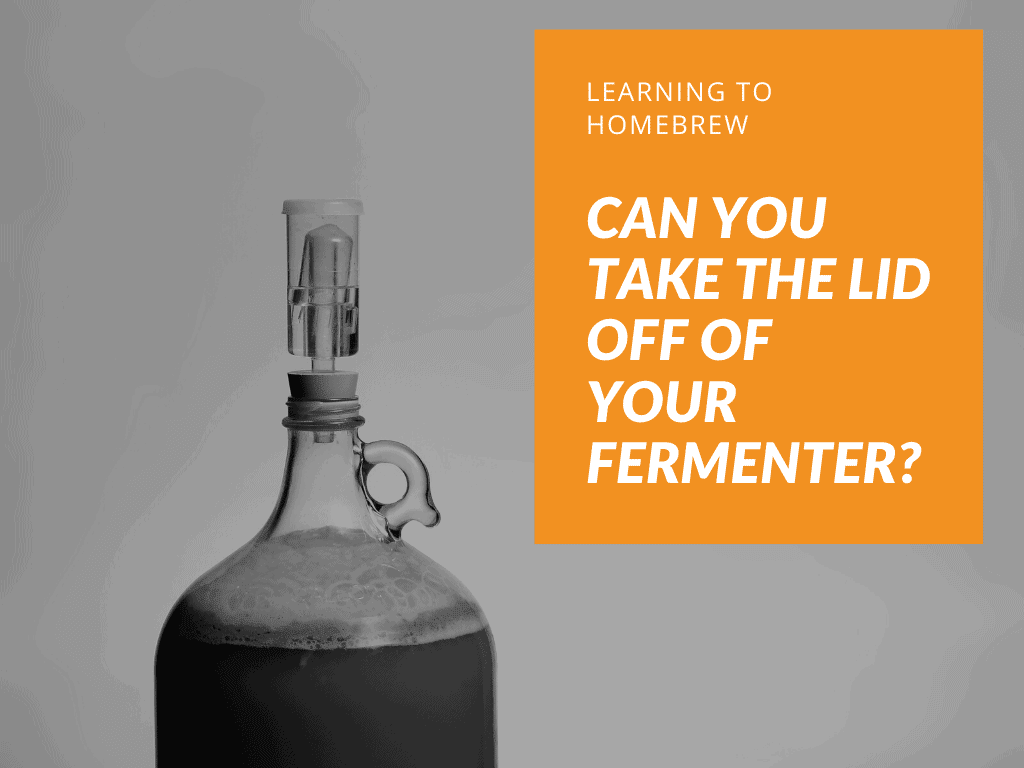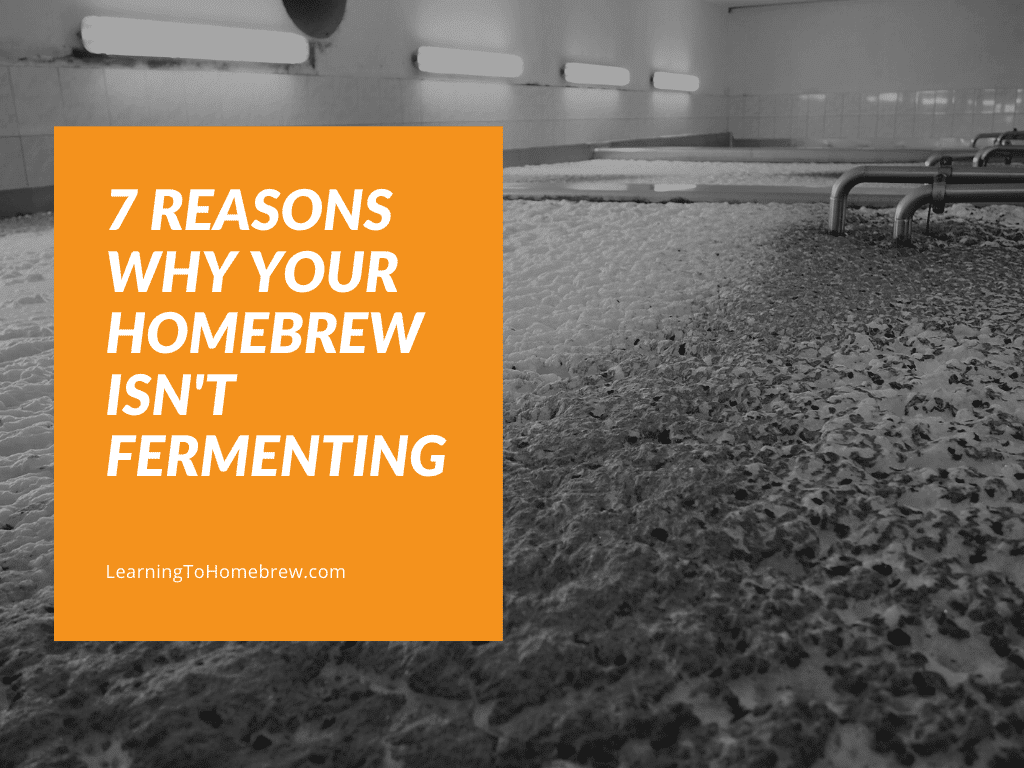Stir plates are commonly recommended for making a starter, but what if you don’t have one? As a brewer, it is crucial to have all the equipment necessary to create the perfect brew.
The process for making a yeast starter without a stir plate is the same as making one with a stir plate except that you will need to manually stir the starter during fermentation to add oxygen. Make wort, add your yeast, and gently swirl the starter every couple of hours until it has reached high krausen, about 18-36 hours.
A brewer’s ability to make a yeast starter is essential. Making more yeast is beneficial since most yeast packets used for home brewing only contain enough yeast to brew a lower gravity ale. To be able to brew lagers or a higher gravity ale, more yeast is required. It can get quite expensive if you are using packets or vials to create a brew. Read on to find out how to make a successful yeast starter without a stir plate.
Why do you need a stir plate for a yeast starter?
One of the things a brewer must know is how to create a yeast starter. Fortunately, it is a relatively simple process.
When making a yeast starter the brewer will normally boil the measured amount of water along with a malt extract. Once it reaches a slight boil, the mixture is removed from the heat and placed in a container to cool.
Once the mixture is cool to the touch, the brewer will add yeast to the mixture. Then the container is sealed. It is at this point that the brewer needs to ensure the starter is stirred intermittently.
If looking for a healthy yeast starter, a stir plate may be used. A stir plate is a piece of equipment used to keep the yeast starter stirred and continue to mix oxygen into it. It is a device that uses a rotating magnetic field to move a stir bar. It is relatively easy to use. The brewer simply places a container of liquid on top of a plate. A stir bar, controlled by the magnet, stirs the liquid.
The constant stirring and motion provided by a stir plate allow for the introduction of oxygen, which helps with cell growth and eliminates any hindering CO2. Keeping the starter stirred keeps the yeast from settling to the bottom, which leads to a sufficient pitch rate. Having a stir plate available relieves the burden of the brewer to have to remember to “shake or stir” their starter.
The best way to make a yeast starter without using a stir plate
Are you ready to make your yeast starter but don’t have a stir plate?
That’s ok because we have listed below is the best way to make a yeast starter without using a stir plate.
*Remember to make your starter at least 24 hours before needed*
- Using a yeast calculator (available online,) establish the necessary starter volume needed to achieve the number of yeast cells for the beer.
- Sanitize all equipment before using, including the aluminum foil and any toppers. Sanitizing is crucial to ensure a quality brew. Any additional bacteria or germs that may come in contact with the wort can ruin a brew.
- Measure out 1 gram of DME for every 10 milliliters of target starter wort. For example, one liter of starter will require 100 grams of DME.
- Add the DME to the container used for boiling.
- Add water to the same container the DME is in until it reaches the target starter level. Mix well
- Pour the mixture into a saucepan. Heat to a medium boil
- Gently boil for 15 minutes.
- After boiling, remove from heat and cover. Steam from the pan will sanitize the lid.
- Allow wort to cool to the touch. Using either an ice or water bath is a great option.
- Once cooled, pour wort into a clean and sanitized container selected for fermenting the starter. If using a funnel (or any other equipment), make sure it is sanitized as well.
- Add liquid yeast into the container you will use for fermenting.
- Cover the top with (sanitized) aluminum foil and place in a location with temperatures between 65°-70° F (18°-21°). Make sure to stir or swirl the wort intermittently for the first 24 hours. Some brewers set timers to remind them every few hours, or you can remember to do it every time you pass it.
- Pitch starter
How long does it take before a yeast starter is ready to pitch
A yeast starter is ready to pitch anytime after it reaches high krausen. High krausen is a German term referring to the peak stage of fermentation. This stage is evident by the large head of foam that is floating on top of the starter.
It should take between 18-36 hours for the yeast to settle in a starter and be ready to pitch. If choosing to pitch during high krausen, this could be as little as 12 hours. But be aware if choosing to pitch during high krausen, ensure that the starter is between 5°and 15° of the wort’s temperature. If too hot or too cold, it could shock the yeast and ruin fermentation.
A fresh wort should be added to any yeast starters that have sat for more than a few days at room temperature. Adding a fresh wort will enable it to achieve high krausen again, making it suitable for use to pitch.
For the web story version of this article check here!





